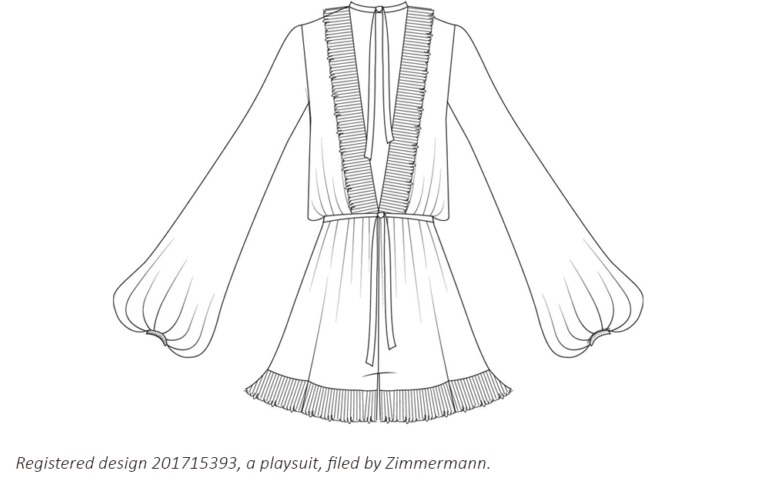Catwalks and copycats – intellectual property protection for the fashion industry
Intellectual property laws exist to assist designers in protecting their garment designs. These laws provide rights that may be used to take legally enforceable action against unauthorised copying.
While some might say that there is nothing new under the sun, those in the clothing and fashion design industry understand that each fashion season comes with an unveiling of exciting new garments, each garment the result of hours of work by individual designers to create something unique and original.
Whether in the print of the fabric, the style lines or in the trims added to each piece, fashion designers continuously strive to come up with fresh ideas that will appeal to consumers looking for the next big trend.
However, each new trend also comes with seemingly inevitable copying and mass production. Neither the designer brands nor the boutique labels seem immune to this, with copying occurring at almost every level. Many in the industry may find themselves asking whether anything can be done about this, or whether every idea they come up with is bound to be appropriated by others without their permission.
Fortunately, intellectual property (IP) laws exist to assist designers in protecting their garment designs. These laws provide rights that maybe used to take legally enforceable action against unauthorised copying.
Unfortunately, many designers neglect to consider the protections that can be afforded to them until copying has already occurred, in which case it will be too late to take the necessary action. It is important that those in the clothing and fashion industry understand the IP regimes available to them, and prepare an IP strategy ahead of time, to ensure they are not left unprotected.
Why consider registered design protection?
If a designer wishes to protect the way a fashion garment looks, we recommend registering that design. The protection provided by a registered design may include the style lines of the garment, the pattern of the fabric or even the shape and configuration of any trim applied to the garment. Registered design protection is used in Australia by many local and global fashion brands, including Sass & Bide, JETS Swimwear, Zimmermann, and Nike, to name a few.
In Australia, to qualify for design registration, a design must be new and distinctive over any existing designs, and must be filed before the design is made public. This means that any registered designs should be filed before the corresponding garment is advertised or made available for sale. Once filed, a registered design can provide up to 10 years of protection against third party copying.
Filing in Australia also allows the designer to extend protection into a number of other countries within six months of the date of filing of the Australian design application.
Filing a design application is usually a relatively straightforward form of IP protection. Not only may it provide a useful deterrent against third party copying of garments but it may also be used to protect other fashion items, such as handbags, shoes and jewellery.
What other forms of protection are available?
There are a number of other forms of IP that may be useful to those in the clothing and fashion industry.
Trade mark protection can be used to protect a brand name and any logos associated with the brand. Trade dress, being a form of trade mark, can also be used to protect aspects of the appearance of items that are used as a signifier of the item’s brand – think the red soles of Louboutin shoes.
Patent protection is useful where the function of a garment is new and of commercial importance. For example, patent protection could be sought for a new type of garment closure. The humble zipper was once the subject of patent protection, with US Patent No. 121,988 for the “Separable Fastener” being issued to the Hookless Fastener Company in 1917. More recently, Velcro® was also the subject of patent protection, with US Patent No. 2,717,437 for a “Velvet type fabric and method of producing same” being granted in 1957.
Finally, copyright law may also provide some limited protection to fashion designers. Copyright law protects artistic works, and as such may be used to protect one-off garments that may be considered works of artistic craftsmanship, as well as sketches and patterns. However, this protection is quite limited and should not be relied upon to protect mass produced garments or accessories.
I am a fashion designer – what should I do?
If you are a designer producing creative and original garments, and you wish to protect yourself and your brand from unauthorised copying, it would be commercially advantageous to spend some time on preparing an IP strategy. Attorneys are well-qualified to guide you in the development of just such a strategy and then to assist you in filing applications to protect your valuable IP rights.
